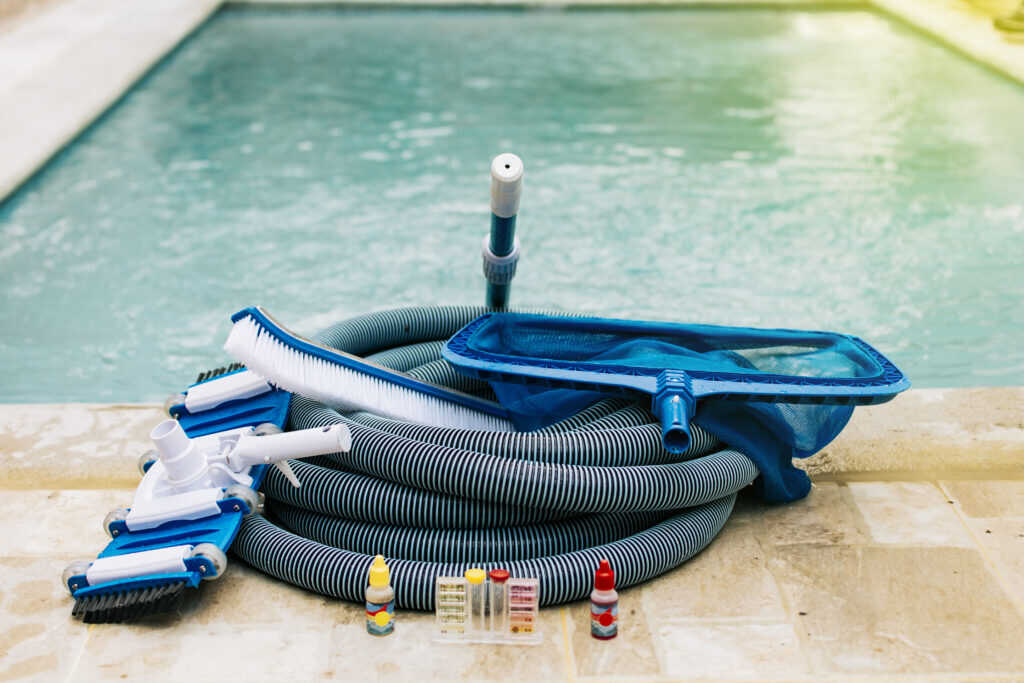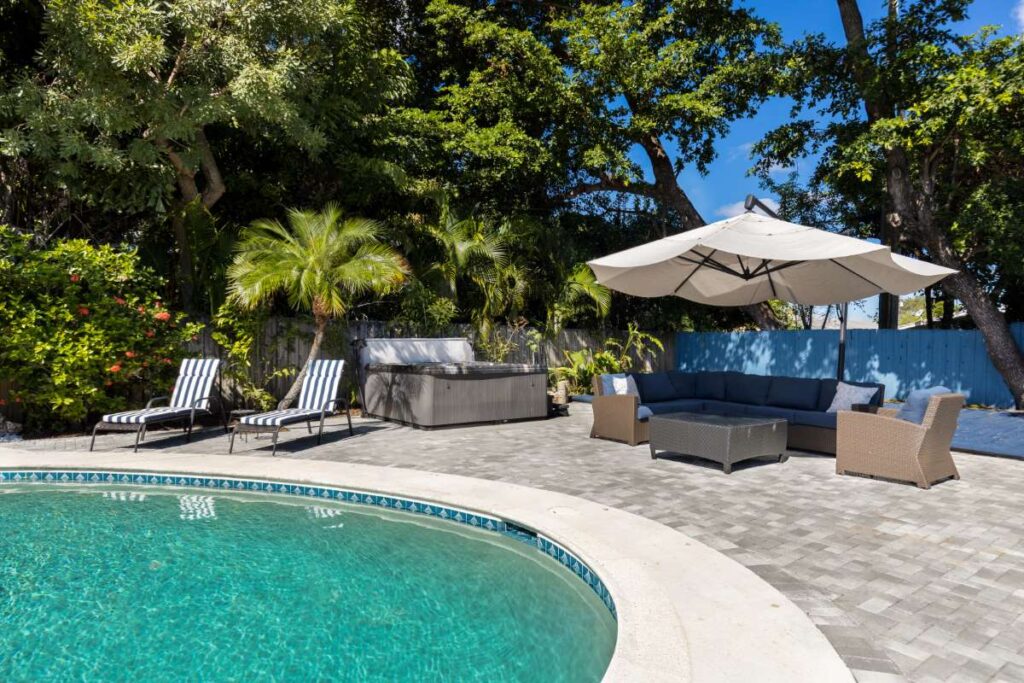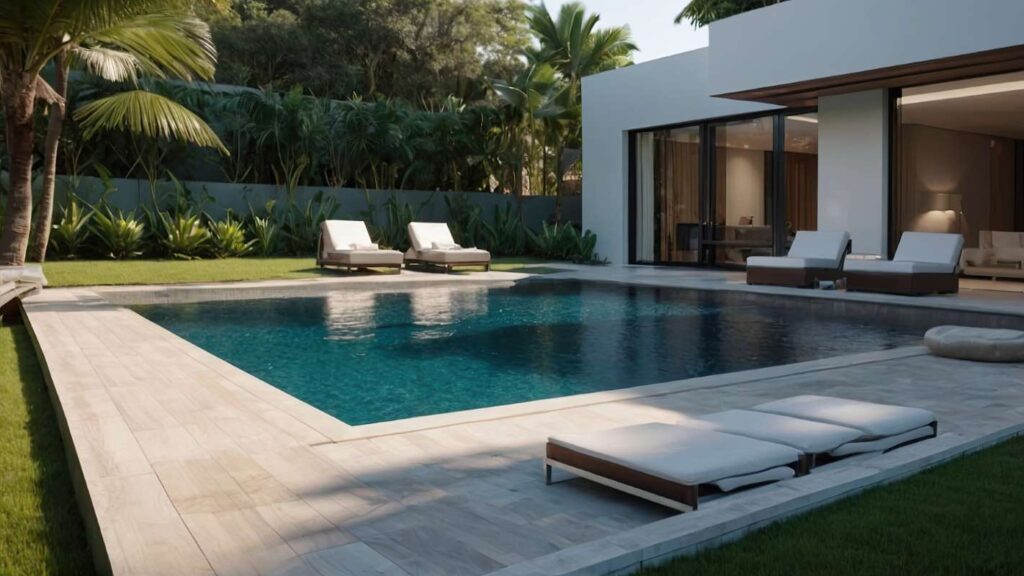Pool Routes for Sale – Pool Cleaning 101: Basics for Beginners
Understanding Pool Water Chemistry
Chlorine Readings
- Purpose: Chlorine is essential for sanitizing pool water by killing bacteria, algae, and other microorganisms.
- Ideal Range: 1.0 to 3.0 parts per million (ppm).
- Testing: Use test strips or a liquid test kit. Dip the strip or take a water sample, add reagents, and compare the color change to a chart.
pH Readings
- Purpose: pH measures how acidic or basic the water is, affecting chlorine's effectiveness and swimmer comfort.
- Ideal Range: 7.2 to 7.6.
- Testing: Use test strips or a liquid test kit. Follow the instructions to get an accurate reading and compare the results to the chart.
Pool Circulation System
How Pools Suck in Water and Push It Out
- Suction Side: Water is drawn from the pool through skimmers and main drains by the pool pump.
- Pump: The heart of the pool’s circulation system, which moves water from the pool, through the filter, and back.
- Return Side: Filtered water is pushed back into the pool through return jets, ensuring circulation.
Connecting a Vacuum
Manual Vacuuming
- Assemble the Equipment: Attach the vacuum head to the telescopic pole and connect the hose to the vacuum head.
- Submerge the Vacuum: Place the vacuum head and hose into the pool, making sure it fills with water to prevent air from entering the system.
- Prime the Hose: Hold the other end of the hose against a return jet until bubbles stop coming out of the vacuum head, indicating the hose is full of water.
- Connect to Skimmer: Attach the hose to the skimmer suction port (usually by removing the skimmer basket and inserting a vacuum plate or directly into the suction port).
Using a Hammerhead Vacuum
- Assemble the Hammerhead: Ensure the vacuum head, hose, and power supply are connected and ready.
- Operate the Vacuum: Move the vacuum head across the pool floor, allowing the powerful suction to pick up debris.
Brushing the Pool
- Equipment: Use a pool brush attached to a telescopic pole.
- Technique: Brush the walls, steps, and pool floor to loosen algae and debris. Start from the shallow end and work towards the deep end.
Skimming the Surface
- Equipment: Use a leaf skimmer or net attached to a telescopic pole.
- Technique: Skim the surface to remove leaves, insects, and other debris. Empty the skimmer net as needed.
Pool Baskets
Skimmer Basket
- Location: Inside the skimmer, which is usually around the pool's edge.
- Cleaning: Remove the basket and empty the debris. Rinse with a hose if necessary.
Pump Basket
- Location: Inside the pump housing, before the impeller.
- Cleaning: Turn off the pump, open the pump lid, remove the basket, and empty the debris. Rinse thoroughly and replace it securely.
Basic Pool Filter Cleaning
Types of Filters
- Sand Filters: Backwash the filter by reversing the water flow.
- Cartridge Filters: Remove the cartridges and hose them off. Soak in a filter cleaning solution if needed.
- D.E. (Diatomaceous Earth) Filters: Backwash the filter and add new D.E. powder.
Cleaning Process
- Turn Off the Pump: Always turn off the pump before servicing the filter.
- Release Air: Open the air relief valve to release any built-up pressure.
- Service the Filter: Depending on the filter type, perform backwashing, rinsing, or replacing media as required.
- Reassemble and Restart: After cleaning, ensure everything is properly reassembled, close any valves, and restart the pump.
Conclusion
Regular maintenance, including checking water chemistry, cleaning filters, and removing debris, keeps your pool clean and safe. By understanding the basics, you can effectively manage your pool’s upkeep and enjoy crystal-clear water.



